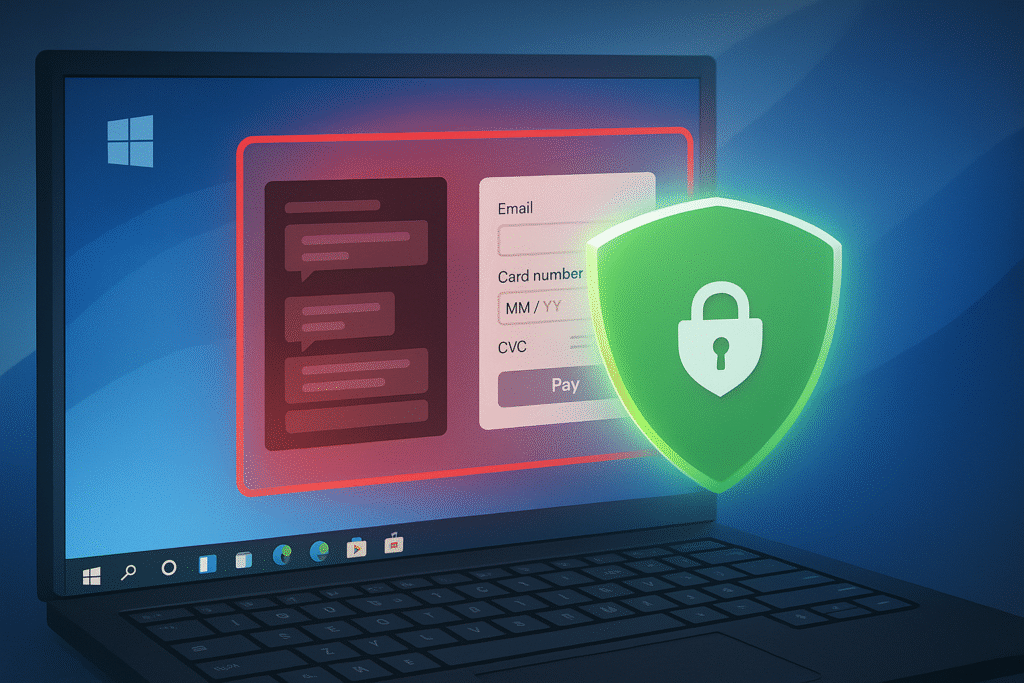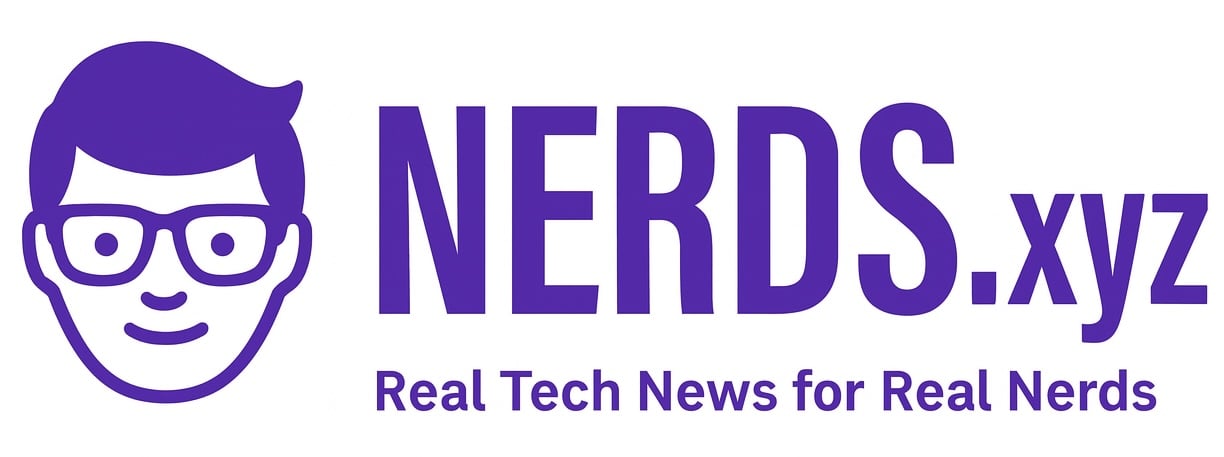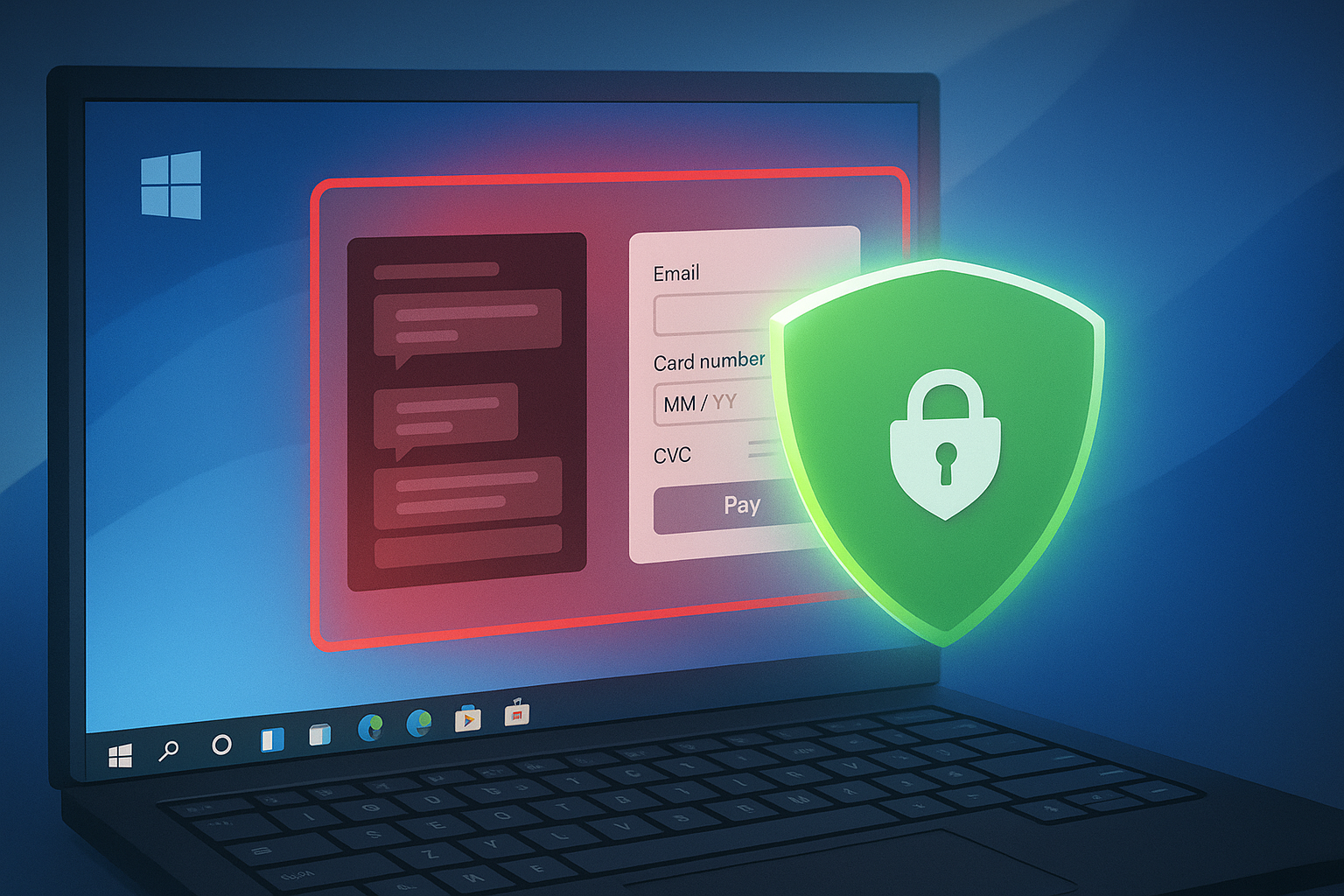
AdGuard has just launched version 7.21 of its Windows app, and this update introduces a new feature aimed squarely at Microsoft’s controversial Recall tool. If you’ve got one of the new Copilot+ PCs or plan to get one, you’ll want to know about this.
Microsoft Recall works by taking screenshots of your screen throughout the day. It’s designed to help you remember what you did, what apps you used, what sites you visited. On paper, it sounds helpful. In reality, it raises serious privacy concerns.
These background screenshots could capture private messages, banking info, passwords, or anything else that happens to be onscreen. Microsoft claims Recall is safe. It’s off by default, screenshots are encrypted and stored locally, and it requires authentication to access. But that doesn’t mean the risks disappear. Filters miss things. PINs can be weak. Users shouldn’t have to just trust that nothing will go wrong.

That’s why AdGuard added automatic blocking of Recall. All you have to do is turn on Tracking Protection in the app’s settings. From there, Recall blocking kicks in without any extra steps.
This move puts AdGuard in good company. Privacy-focused browser Brave also recently stepped in to block Recall on Windows. You can read more about that here: Brave blocks Microsoft Recall
Now here’s the part that matters for NERDS.xyz. We do not support or encourage blocking ads. We rely on ad revenue to keep this site going and to continue bringing you honest coverage. If you use privacy tools like AdGuard, we hope you’ll whitelist NERDS.xyz and other independent tech sites you trust. Blocking trackers is one thing. Blocking the publishers you read every day is another.
That said, this feature in AdGuard is about protecting users from invasive screenshot tracking. It’s not about dodging banners or skipping video ads. It’s a privacy response to a controversial feature that many users didn’t ask for.
You can grab AdGuard 7.21 for Windows from adguard.com. There’s a free version with limited features, and paid tiers that start at just a few bucks a month. Whether or not you use it, it’s worth paying attention to what your computer is doing behind your back. And when privacy tools step in to offer real control, it’s newsworthy.


